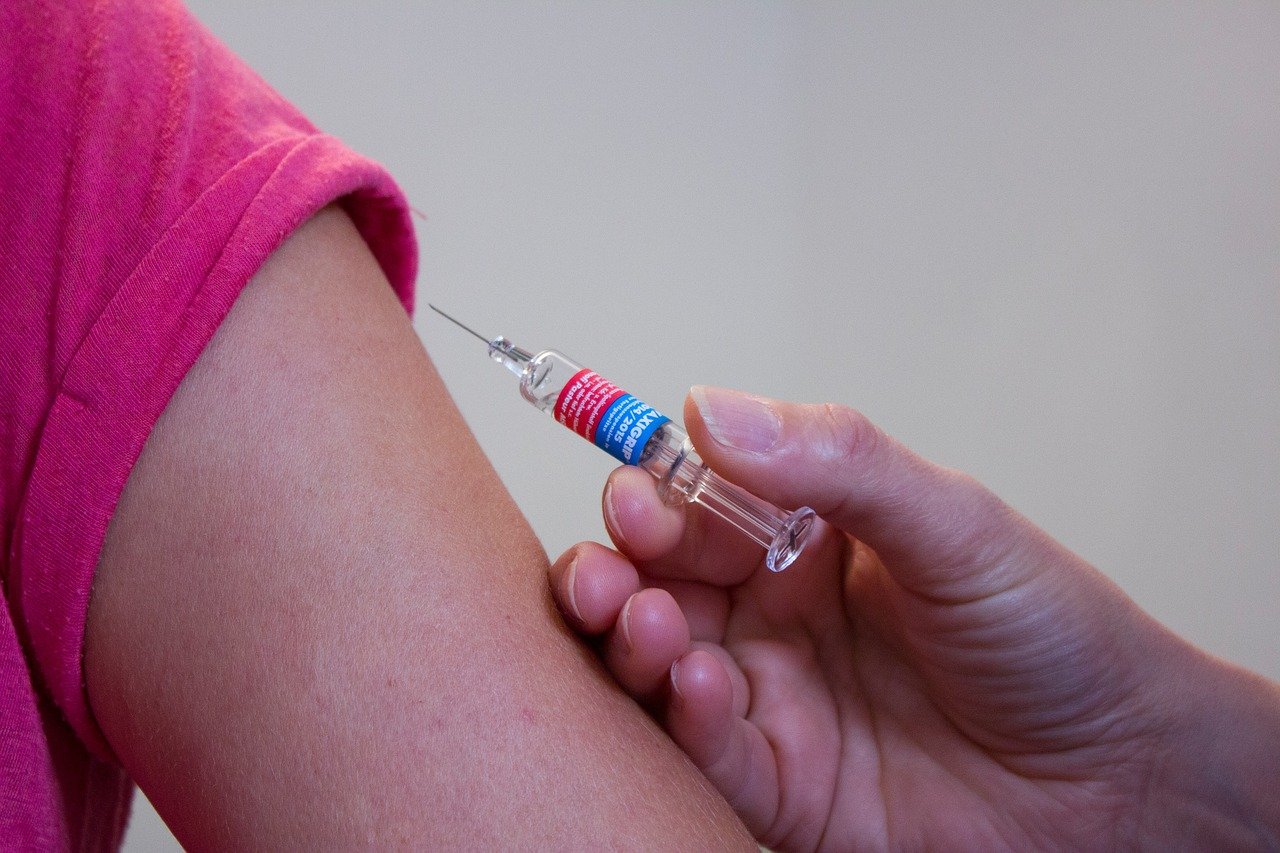Natural catastrophes and disasters, incidents and pandemics. Beyond crisis communication supporting emergency response, more researchers do nowadays work around risk communication, analyzing processes and tools which may help people to protect against environmental, health and social threats.
Back in 1976 we could ignore dangers related to a chemical plant such as Icmesa in Seveso. In 1986 we could ignore the impact of a nuclear disaster such as Chernobyl’s. In present society, knowledge is a right, and it is no more acceptable for a citizen to be kept unaware of risks related to a certain territory, food or drug.
It isn’t only a matter of rights. A trustworthy information about environmental or health risks is an opportunity to direct individual behaviors towards responsibility, safeguarding people and communities. However, in the post-truth era, it is more frequent to abuse risk to feed suspicion, fear or opposition when dealing with complex topics such as vaccine obligation or the establishment of energy plants.
Let’s take flu for example. The WHO estimates about 44,000 annual deaths in Europe due to flu-related syndromes, with about 34,000 occurrences among over 65 people. But less than 1 in 3 seniors gets vaccinated in half of EU countries. In Italy, we had about 66% of vaccinated seniors in 2009, and only 49% in 2015. Why? There are various reasons, from medical professionals’ weak recommendation to some access barriers, but it is widely acknowledged that cultural resistance and lack of trust in vaccines got started in 2009, that was the H1N1 flu pandemic season.
The WHO launched the international alert in April 2009, and escalated it in June to level 6, the highest possible for health emergencies. The first 21th century pandemic exploded with extraordinary measures all over the world, large-scale vaccine programs and agreements with pharma companies to manufacture vaccines in record time. The Italian Government entrusted Novartis to prepare 24 million doses for a total cost of 184 million euro.
As we know, the pandemic proved to be less dangerous than expected, and it registered less than 0.1% death rate (normal flu is about 0.2%). The excessive stress on risks triggered some too severe decisions, and both the WHO and local Governments were sharply criticized, being accused of illicit influence by the pharmaceutical industry. In 2013, a study published by Journal of Epidemiology and Community Health ascribed the exaggerated alarm not only to institutions, but also to the scientific community, pointing on interest conflicts that often compromise relations between researchers and Big Pharma.
Novartis delivered about 10 million vaccine doses in Italy, but only 900,000 were used. TV advertisements with popular child character Topo Gigio did not succeed in calming public debate down: even today, the H1N1 case is flagged when protesting against vaccine obligation (which does not include flu vaccine, by the way).
If a recent survey states that only 2-3% of Italian families is consciously refusing vaccines, an effective risk communication may reach and engage that 20-30% of parents who hesitate and postpone child vaccination. That’s the domain of the so called ‘consensum communication’, where communication becomes a strategic lever to mitigate conflict, encourage stakeholders dialogue and mediate when dealing with topics requiring participation and agreement.




